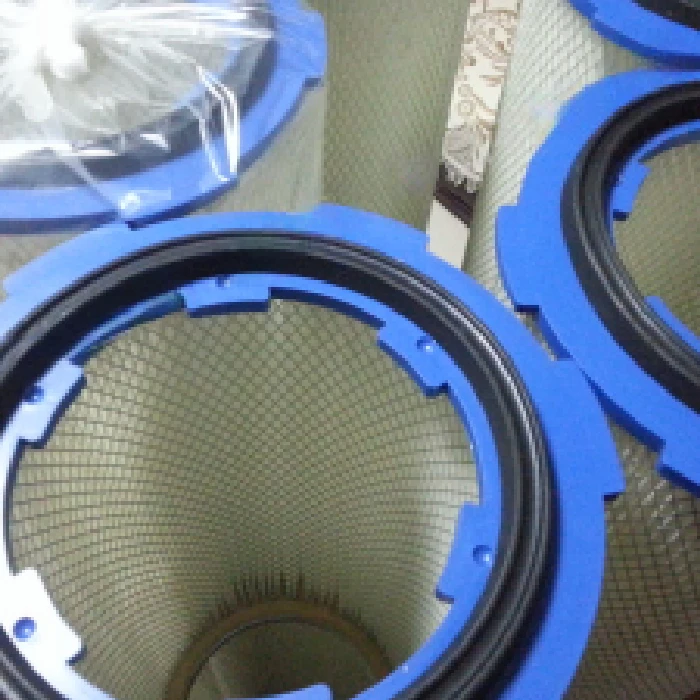Nov . 30, 2024 08:36 Back to list
Innovative Designs in Laminated Glass for Decorative Applications
The Aesthetic and Functional Benefits of Decorative Laminated Glass
In the realm of modern architecture and interior design, decorative laminated glass has emerged as a popular choice for both residential and commercial spaces. This innovative material not only enhances the visual appeal of a space but also provides essential safety and durability features. With a unique blend of artistry and functionality, decorative laminated glass serves as a versatile solution that caters to a wide range of design needs.
What is Decorative Laminated Glass?
Decorative laminated glass consists of two or more layers of glass that are bonded together using a transparent interlayer, usually made from polyvinyl butyral (PVB) or ethylene-vinyl acetate (EVA). This interlayer can be customized to include various decorative elements, such as colored films, patterns, textures, or even printed images. The result is a striking visual effect that can range from subtle elegance to bold statements, depending on the design choices made.
Aesthetic Versatility
One of the most compelling reasons for using decorative laminated glass is its aesthetic versatility. Designers can choose from a wide array of colors, textures, and patterns to create unique glass configurations that complement their vision. Whether applied to windows, partitions, or skylights, decorative laminated glass can transform a mundane space into a vibrant environment.
For instance, the use of frosted or etched glass can add privacy to a space while still allowing natural light to penetrate. Alternatively, vibrant colored laminates can serve as captivating focal points, energizing an otherwise neutral room. In commercial settings, businesses often opt for custom-printed glass featuring logos or imagery that resonate with their brand identity, effectively incorporating marketing elements into their interiors.
Safety and Security Features
decorative laminated glass

Beyond its aesthetic appeal, decorative laminated glass is known for its impressive safety and security characteristics. The laminated construction provides enhanced impact resistance, making it a suitable choice for high-traffic areas. In the event of breakage, the glass fragments remain adhered to the interlayer, reducing the risk of injury due to sharp shards scattering. This quality is particularly beneficial in environments where safety is a priority, such as schools, hospitals, and public buildings.
Moreover, decorative laminated glass also offers sound insulation benefits. The interlayer’s density helps in reducing noise pollution, creating quieter and more comfortable spaces. This feature is particularly valuable in urban settings, where external noise can be a significant nuisance.
Environmental Considerations
In today's environmentally conscious world, the sustainability of materials plays a critical role in the design and construction industry. Decorative laminated glass can be an eco-friendly choice, especially when made with energy-efficient glazing options. Many manufacturers produce glass that meets strict environmental standards, providing a sustainable solution that minimizes the environmental impact.
Additionally, the use of natural light through glass elements can lead to reduced energy costs, as spaces illuminated by sunlight require less artificial lighting during the day. This not only supports energy conservation but also promotes a healthier indoor environment by connecting occupants with the outside world.
Conclusion
Decorative laminated glass is more than just an aesthetic enhancement; it combines beauty, safety, and sustainability in one package. Its versatility allows designers to explore creative concepts without sacrificing function. Whether elevating the visual impact of a residential space or creating a modern, brand-centric commercial environment, decorative laminated glass stands out as a prime choice in contemporary design.
As the industry continues to evolve, we can anticipate even more innovative applications and designs in decorative laminated glass, pushing the boundaries of what is possible in architectural and interior design. Embracing this material can lead to the creation of spaces that are not only stunning and unique but also safe, durable, and environmentally responsible.
-
Safety and Style with Premium Laminated Glass Solutions
NewsJun.24,2025
-
Reinvents Security with Premium Wired Glass
NewsJun.24,2025
-
Premium Float Glass Line for Modern Architecture
NewsJun.24,2025
-
Low Emissivity Glass for Energy-Efficient Architecture
NewsJun.24,2025
-
High-Performance Insulated Glass Solutions for Modern Architecture
NewsJun.24,2025
-
Elevates Interior Style with Premium Silver Mirror
NewsJun.24,2025
Related PRODUCTS














